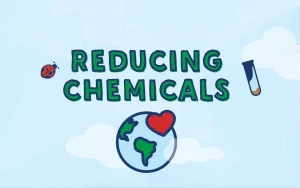Acne Resource Center

The Acne Resource Center is a comprehensive online resource for those who suffer from acne. The site offers articles and podcasts on various aspects of acne treatment. Acne is the most common skin disorder and can have profound psychosocial impacts. It is important to learn all you can about this skin problem before undergoing any treatment. Here is a look at the most popular resources for people who are afflicted by acne. We hope you find the Acne Resource Center helpful.
Use a gentle synthetic detergent to wash your face. Avoid using soaps with antibacterial properties as these do not reduce acne. Likewise, use water-based lotions or cosmetics as they are less likely to aggravate acne. Don’t pick or squeeze pimples as this can result in increased inflammation and scarring. The Acne Resource Center recommends a non-comedogenic cosmetic. The last tip for acne prevention is to avoid excessive use of makeup.
Sebum, or oil, is produced by the sebaceous glands in the skin. This oil is necessary for maintaining the skin’s lubrication. When sebum is produced in excess amounts, acne can occur. Sebum is produced by bacteria on the skin and travels up the hair shaft. Acne results when this oil can’t escape properly. The Acne Resource Center’s 10-day newsletter addresses all of these issues. It aims to improve skin health from the inside out.
In addition to topical medications, dermatologists may prescribe oral antibiotics in severe cases. While the latter method is a last resort, oral antibiotics can cause serious side effects. The FDA warns against non-prescription acne medications that can cause redness, irritation, or itchiness. Acne usually affects the face, but can occur anywhere on the body. Depending on the severity, it can affect the upper back, chest, and shoulders as well.
Among the causes of acne, diet can contribute to its development. Researchers are investigating whether certain foods can cause acne and which ones can help prevent it. Another common cause is environmental irritants such as pollution. Wearing tight clothes or sports helmets can increase acne. Environmental irritants like smoke and dust may also contribute to acne. It’s important to find out what triggers your acne. And remember that you’re not alone. Acne Resource Center is here to help you manage it and get the life you deserve.
Inflammatory acne is the most common type. It starts as a red bump that may turn into a pus-filled pustule. Pustules are yellow or white pus-filled lesions, which may be red at the base. Nodules are large, painful lesions that may have pus in them. They’re also called cystic acne, and can lead to scarring and dark marks. They’re the result of excess oil and dead skin cells in the pores.







